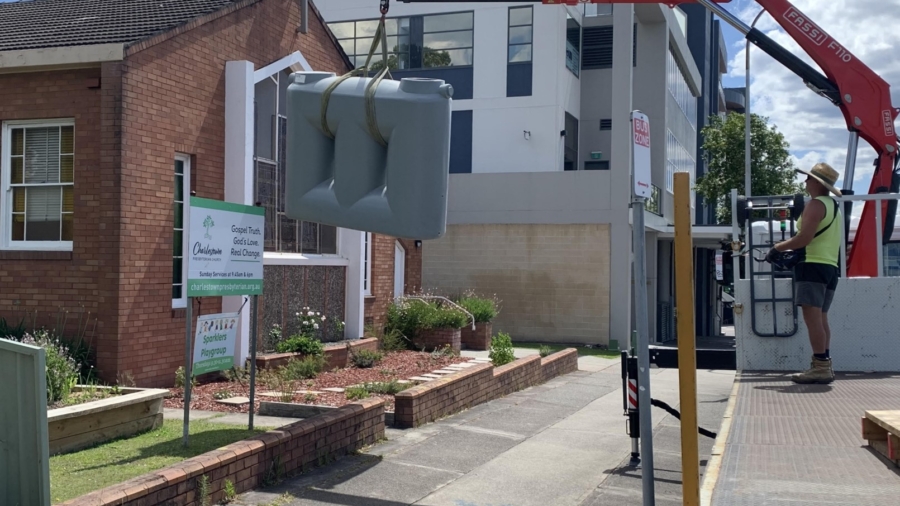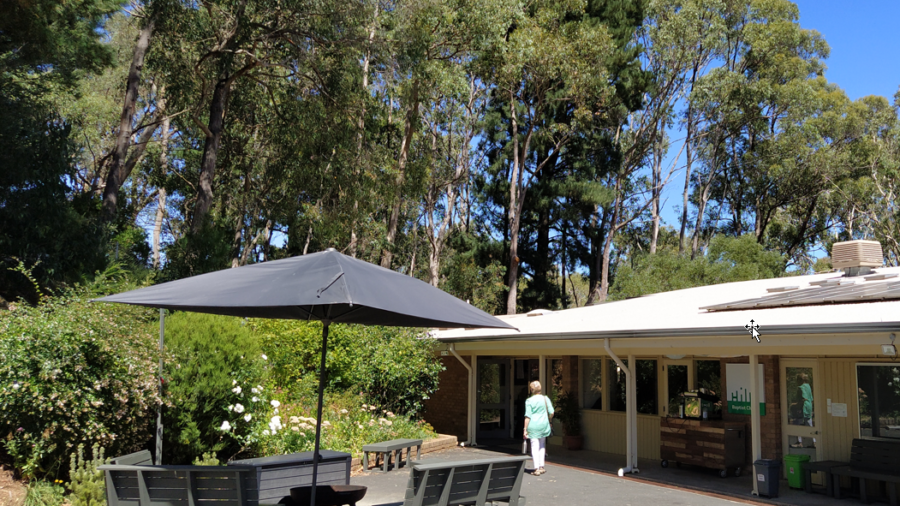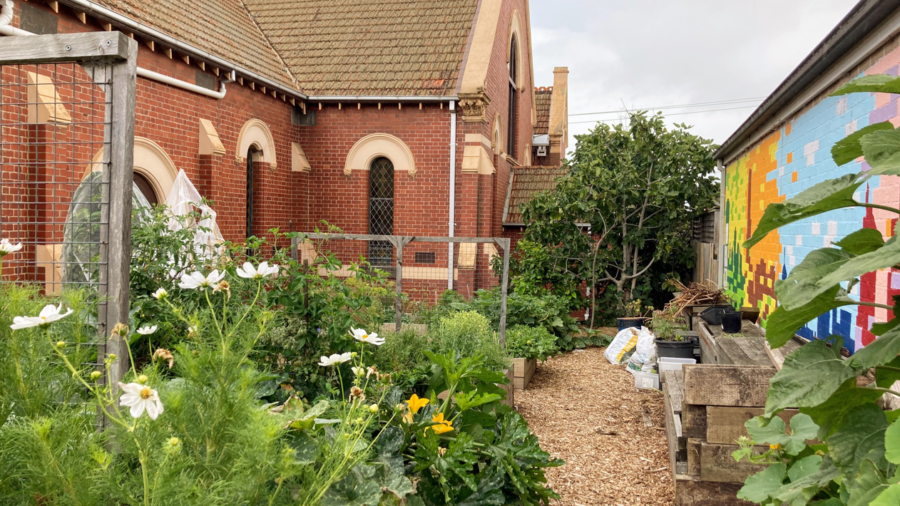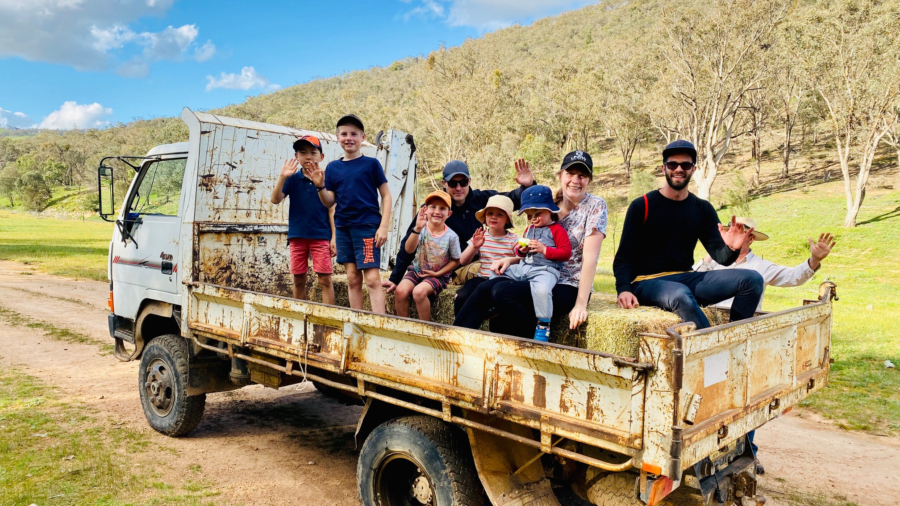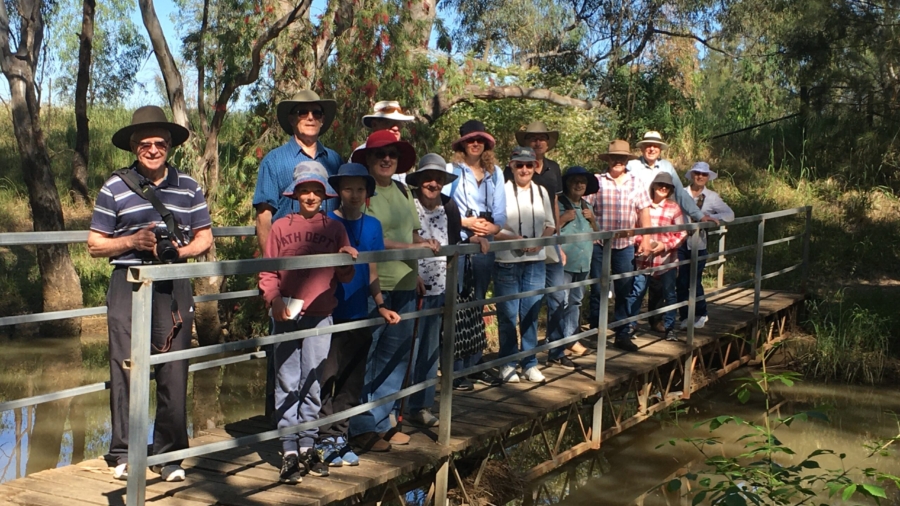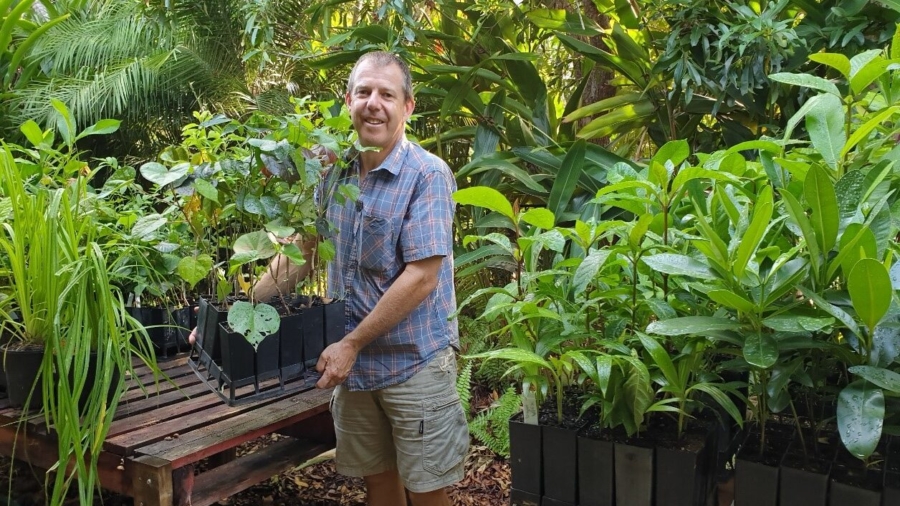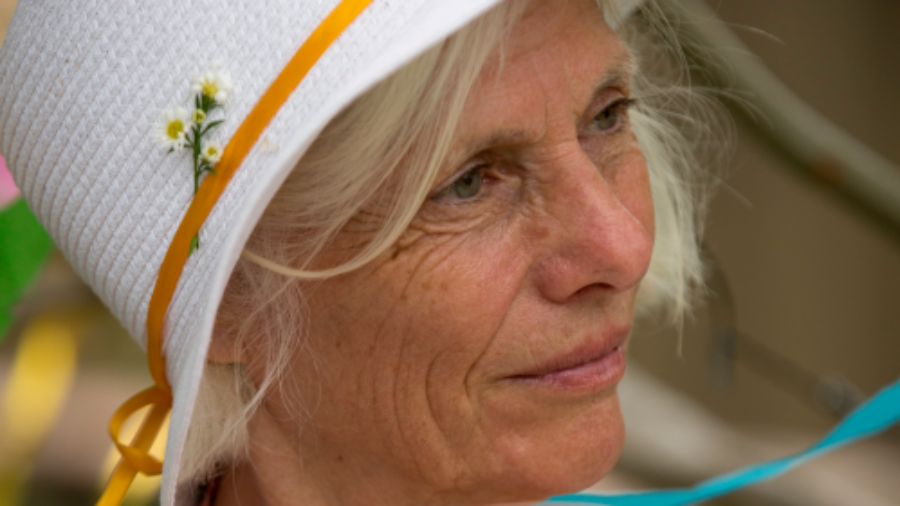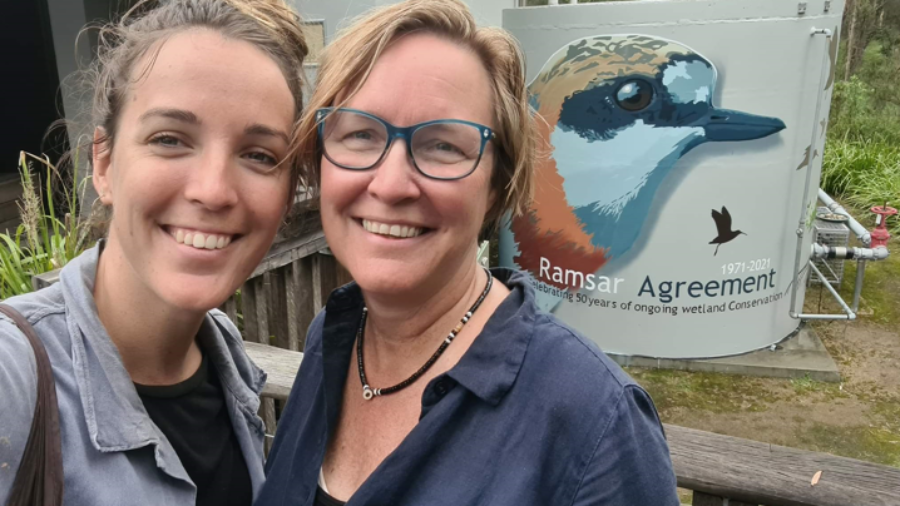There is a growing interest in Creation care in our church, after talking amongst the congregation over several years what it means to live out the biblical commands to show God’s love to all Creation, and how it relates to our discipleship in Jesus Christ. Blank stares and some hard discussions became, over time, recognition that the bible clearly teaches that God cares about how we treat His world, including when we are at church.
We have established a recycling scheme, swapped to 100% FSC-certified recycled copy paper for the printer, switched our energy provider and are preparing for solar power. We have started installing a community garden thanks to a water conservation grant from Hunter Water Corporation.
We covered the new garden with old newspapers and then spread bark chips to conserve soil moisture and deter weeds. On a very rainy morning we planted 113 native Australian plants, plus five citrus trees and a couple of passionfruit vines nearby.
Many people walking along the busy footpath stopped to ask what we were doing, and this allowed us to talk about why God cares for His Creation.
We will also build a raised vegetable garden bed, install the water tank and build a couple of bench seats. Our goal is for a small group of church members to tend the community garden, and invite people from our neighbourhood to also be involved, share in harvesting the food and hearing why our church is involved in Creation care.

Contributed by Stuart Blanch. To read the full article, see p11-12 of the Spring 2021 Enews.

